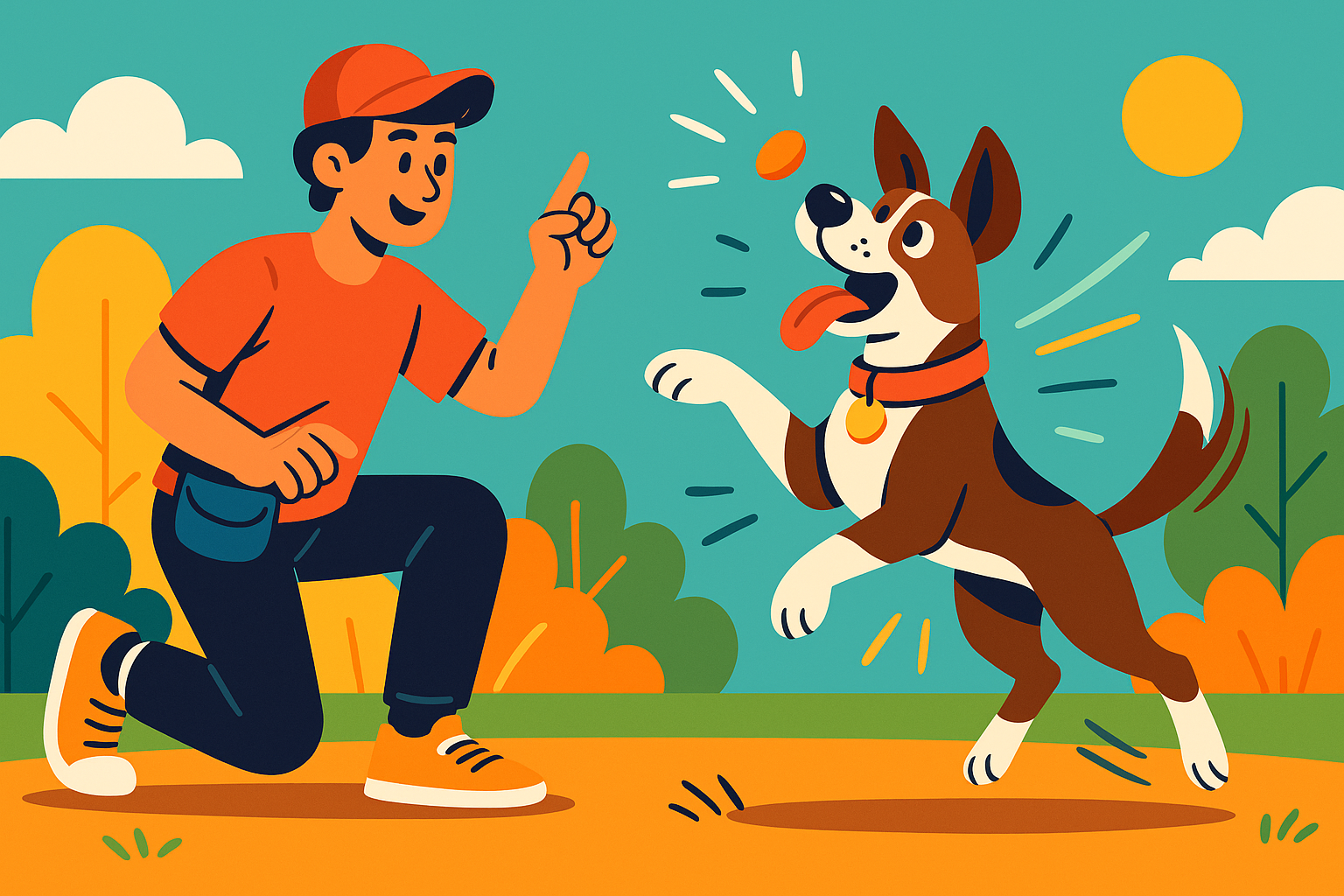Signs of Separation Anxiety in Dogs
Separation anxiety is common in dogs and can make leaving them alone stressful for both of you. It happens when dogs become anxious or distressed when separated from their owners. Recognizing the signs is the first step to helping your dog. Common symptoms include excessive barking, destructive chewing, pacing, or accidents in the house when you’re gone. At Friends With Tail, we understand how tough this can be and want to help you find dog anxiety solutions.
Other signs include following you constantly, whining when you grab your keys, or trying to escape when left alone. These behaviors stem from fear of being alone, not disobedience. By identifying these signs early, you can start addressing the issue with targeted strategies, helping your dog feel secure even when you’re away.
Creating a Safe Space at Home
A comforting environment can ease your dog’s anxiety. Here’s how to create a safe space for them:
- Set Up a Cozy Area: Use a crate or a specific corner with a bed, blanket, and familiar toys. This becomes their safe haven.
- Add Familiar Items: Include items with your scent, like an old shirt, to comfort your dog when you’re gone.
- Keep It Quiet: Place the space away from windows or noisy areas to reduce stress from outside triggers.
- Use Calming Aids: Try pet-safe calming sprays or diffusers with pheromones to promote relaxation.
- Make It Positive: Leave treats or toys in the space when you’re home so your dog associates it with good experiences.
A safe space gives your dog a secure place to relax, reducing anxiety when you’re not around.
Gradual Desensitization Techniques
Desensitization helps your dog get used to being alone in small, manageable steps. Here’s how to do it:
- Start with Short Absences: Leave your dog alone for just 1–2 minutes. Step outside, then return and reward calm behavior with praise or a treat.
- Increase Time Gradually: Over days or weeks, extend the time you’re gone to 5, 10, then 30 minutes. Only increase when your dog stays calm.
- Practice Departure Cues: Dogs often react to cues like picking up keys. Do these actions without leaving, rewarding calm behavior to reduce their impact.
- Stay Calm During Departures: Avoid making a big deal when leaving or returning. A low-key approach prevents excitement or anxiety.
- Use a Routine: Leave at the same time daily if possible. Predictability helps your dog feel secure.
Desensitization takes time, so move at your dog’s pace. Rushing can increase anxiety, so be patient and consistent.
Using Toys and Treats for Comfort
Toys and treats can keep your dog occupied and reduce anxiety. Here’s how to use them effectively:
- Offer Long-Lasting Treats: Use treat-dispensing toys or frozen Kongs filled with peanut butter to keep your dog busy for 20–30 minutes.
- Choose Engaging Toys: Puzzle toys or durable chews can distract your dog from your absence and provide mental stimulation.
- Save Special Toys for Alone Time: Give your dog a specific toy only when you leave. This creates a positive association with your absence.
- Rotate Toys: Swap toys regularly to keep them exciting. A fresh toy holds your dog’s attention longer.
- Monitor Use: Ensure toys are safe and durable, especially for strong chewers, to prevent choking or damage.
These tools keep your dog engaged and help them associate alone time with fun. For more pet behavior tips, visit Friends With Tail.
When to Consult a Behaviorist
If your dog’s anxiety doesn’t improve after weeks of consistent effort, a professional behaviorist can help. Look for someone certified in positive reinforcement techniques who can assess your dog’s specific needs. They may suggest advanced strategies, like counter-conditioning, or recommend a vet visit to rule out medical issues. Severe cases, like destructive behavior or self-harm, warrant professional input sooner. Your vet can also discuss calming supplements or medications if needed.
Don’t feel discouraged if you need help—every dog is different, and professionals can offer tailored solutions to make your pup feel secure.
Wrapping Up
Helping your dog overcome separation anxiety is a journey, but with patience and the right strategies, you can make them feel safe and calm. By creating a comforting space, using gradual desensitization, and offering engaging toys, you’ll help your dog handle alone time better. Stay consistent, keep training positive, and celebrate small wins. Your efforts will lead to a happier, more relaxed pup and a stronger bond with you. Share your success stories or questions in the comments, or check out more resources for a stress-free dog!

